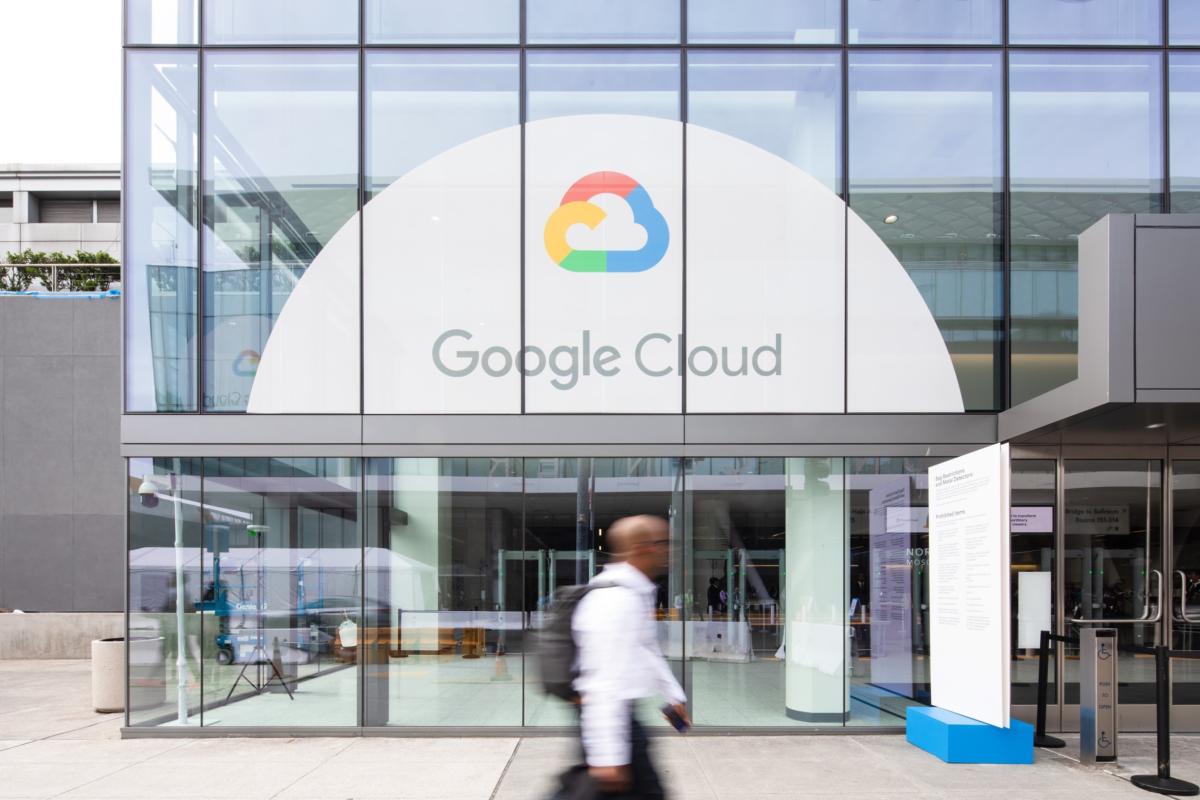
29 Jul How G Suite is Forging a New Workplace Experience
We bet 20 years ago no one would have imagined this scenario: Every kid in America homeschooling for the latter part of last semester and most employees working from home. Everyone was suddenly put on a jury-rigged schedule, or reinventing the current office model to connect with suddenly dispersed teams. If you have been part of the organizations scrambling to sustain business continuity, and working together to figure out ways to grow in rapidly changing markets, we’re sure that tips and news about efficient tech and productivity tools were most welcome. While organizations with different shapes and sizes were able to cope with these rapid changes more fluidly than others, most suddenly realized that the way we work has changed to be leaner. The cloud has certainly come to the rescue.
It’s good to remember that though the scale and speed of the disruptions that businesses face today are unusual, disruptions have happened to people a lot: No one expected change many times before, yet change came. We learned, adapted, and improved. Compared to a century ago, the world is healthier and more educated than ever. Longer lived and wealthier, too, thanks in no small part to effective technology.
This is why what’s happening with cloud-based productivity tools is so important. How people work has been changing for years, with workforces becoming more distributed and connected experiences facilitating more collaboration. And in the wake of COVID-19, that change has accelerated exponentially out of necessity. Enterprises have been able to manage this escalation because the tools, services, and technological helpers that manage the challenges in our routines, our jobs, and our families have been maturing for years.
Going forward, the most effective tools will likely continue to break from the old ways of working, which were typically imposed in offices a quarter-century ago and don’t work well anymore. The new tools must be intuitive and familiar, so mastery can come quick, fitting a fast-changing world. They must respect individuals and groups, who want to configure tools to suit their styles. Our team’s experience has been just that since we started using G Suite from Google. Since we have contributors, readers, sponsors and partners all over the country and all over the globe, we’ve come to know and love tools that promote real-time collaboration and communication (with a heightened awareness for time zones).
Stemming from their robust email experience, other add-on products such as Google Docs and Google Sheets pioneered real-time collaboration, free from email attachments so people can remain confident they’re working in the most current version of a document. In a world where everyone was suddenly yanked from the office printer, and sitting apart from each other, it’s more important than ever to confidently work on the right version of the team brief.
At Work Well Daily, we’re big fans of G Suite, which is secure and flexible with 99.9% uptime, and most conveniently, integrates with other products that we use on a daily (personal) basis. Moreover, virtual meetings have become the new norm. Since the onset of the COVID-19 pandemic, we’ve seen an explosion of video meetings, to the point where people are spending more than 3 billion minutes together on Google Meet calls, every day. There’s also been an enormous shift to online commerce and digitally supported supply chains, aided by cloud-based video, email, chat, documents, and spreadsheets. According to Google, collaboration will move on from the early days of sharing a cursor to an even richer way for people to raise each other’s potential.
Here’s why we love this tool set: People need to create a digital means to both partition and combine their work and home lives, through whatever way they find most effective. Email, still the most frequent tool for sharing and commenting on tasks and projects, remains central to much office work. Going forward, it will not dominate, but instead work as a touchpoint to which chat, video, calendars, documents, spreadsheets, and more (there will be more) can all seamlessly relate—in ways you need, not in ways a third party dictates. Collaboration will move on from the early days of sharing a cursor to an even richer way for people to raise each other’s potential. The flow of information will not slow down. Rather than try to capture it in files, it will need to thrive in many contexts—secure, searchable, at times aided by artificial intelligence, and useful in the ways you and your teams need.
